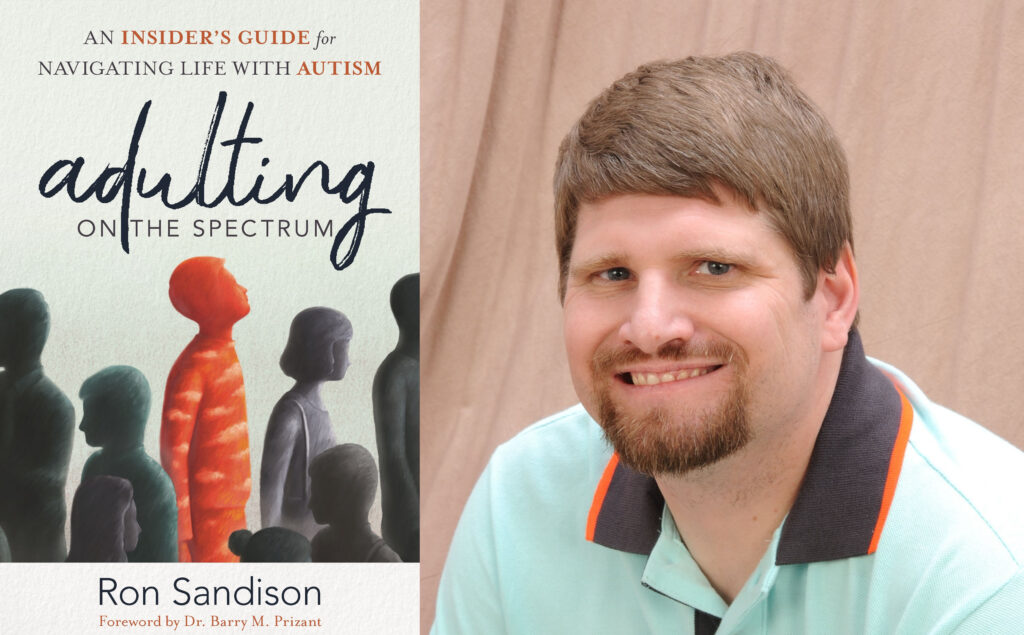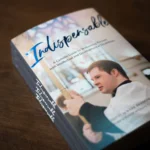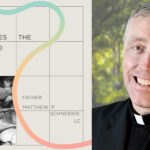Ron Sandison, Adulting on the Spectrum: An Insider’s Guide for Navigating Life With Autism (Grand Rapids, MI: Kregel, 2025). 301 pp. Paperback, $21.99, ISBN: 978-0825449338.
As Ron Sandison uses the same structure for the various chapters, this review will cover this book in general, then take one chapter as an example.
General Outline of Sandison

Sandison presents a good book for adult autistics to navigate this neurotypical world that includes religion without becoming a specifically religious text. This is a unique text as most previous texts on autism that spoke positively about religious practice were either more negative towards religion or more focused on religious aspects of life (I have written a book of the latter type). Sandison is a religious man and he mentions his Christian faith at times, but he does not make the whole work about it. This seems helpful to integrate religion into daily autistic life rather than as something separate, which can be the tendency of books focused just on autism and theology or autism and religious practice.
Sandison goes through a dozen areas of life like leaving home, dating, and managing emotions giving an extended example of a person who lived each area. His goal is practical living more than deep theory on autism. For example, when talking about executive functioning difficulties, he lists four topics: “1. Begin each day with at least one small goal that relates to your interests […] 2. Create a visual reminder of your accomplishments and goals […] 3. Be prepared for the Unexpected [… and] 4. Direct your attention to positive thoughts and ideas that promote growth and maturity.” (pp. 221-224)
A Chapter from Adulting on the Spectrum
Chapter one, “Leaving the Nest,” can serve as an example of Sandison’s style which is similar in the various chapters. He begins the chapter with some stories. Sandison notes the challenges of “Jeff” being put in adult foster care, and he spends a page and a bit on his own story. He was not a great student, but in high school, he took an interest in theology, TV evangelists and Bible memorizing that basically doubled his GPA for his last two years of high school. He wanted to go straight to Oral Roberts University, but his dad wisely convinced him to do a year at a semi-local Christian college so moving out of the nest would be two steps.
After describing his own transition to college, Sandison makes nine numbered points about leaving the nest like “When you first live on your own, find a roommate willing to help” and “Unless you want to starve, learn to prepare a few different meals” (pp. 24 & 26). In each of these points Sandison gives very concrete details so autistics can relate to it. For example, in “Be Ready to handle change in your routines” (p. 24), he both notes his specific schedule with things like Bible memorization, exact hours he clocks in and out of work, etc., while noting how his wife can move furniture which messes with his routine. The chapter ends with some reflection questions.
After the chapter, he spends a whole other chapter telling the story of an autistic person. This story emphasizes the aspect of the prior chapter, but also tells the whole story of this person. The first chapter like this is “Sydney Holmes’s Story: Preparing for College Life” (p. 33). This chapter tells the story of a young woman who struggled immensely in early schooling, but who was able to transition well for college and became a self-advocate who now works at a museum (her special interest) and speaks about autism with her mom.
Conclusion to Sandison
Sandison’s book provides a good guide I would recommend for autistics who are transitioning to adulthood. It includes his faith lived out but it is not a specifically theological or religious text. It provides what the title promises with many examples to help our autistic brains focused on specifics over generalities. The one weakness of the book is the reliance on several people’s personal experience over studies so it is hard to tell how universalizable the content is or whether it corresponds to research.
You can buy it on Amazon.







